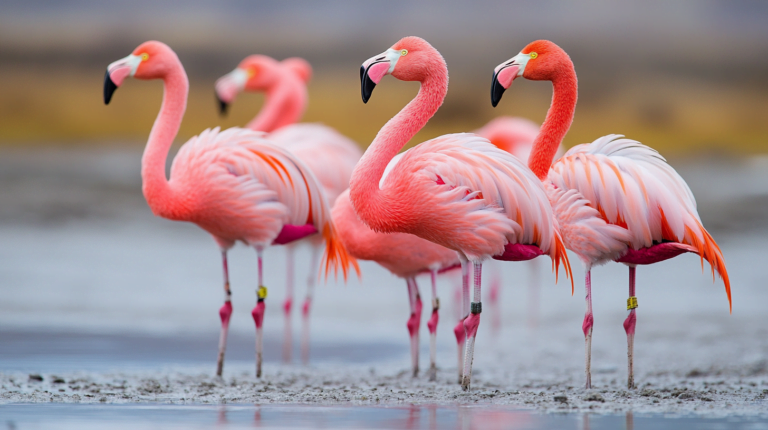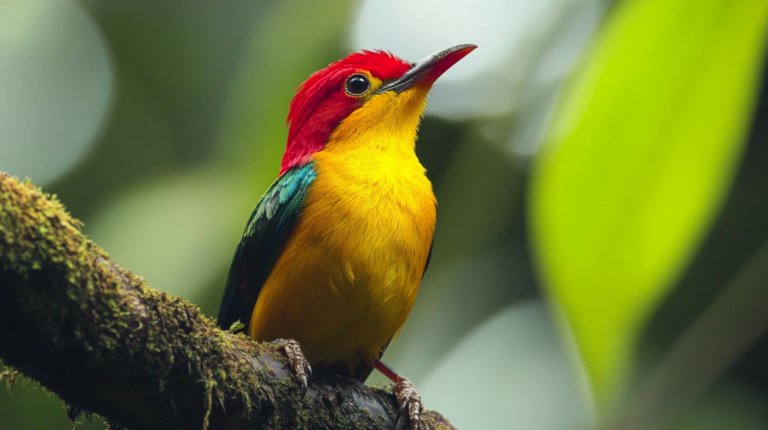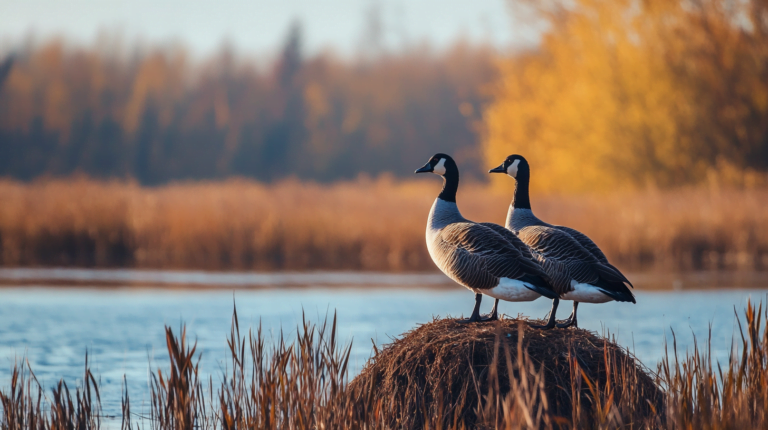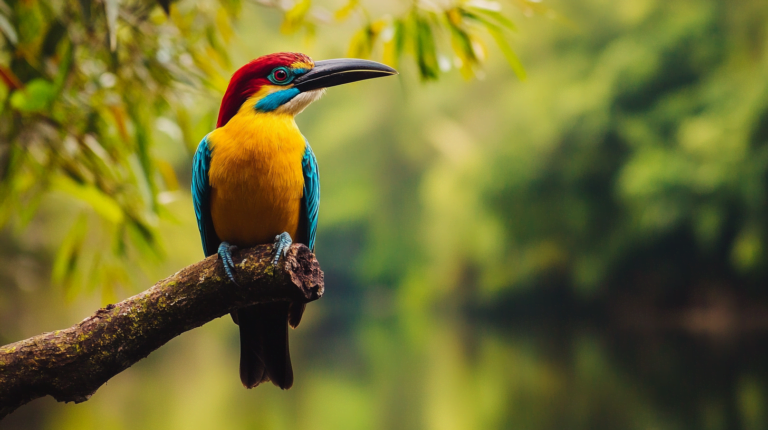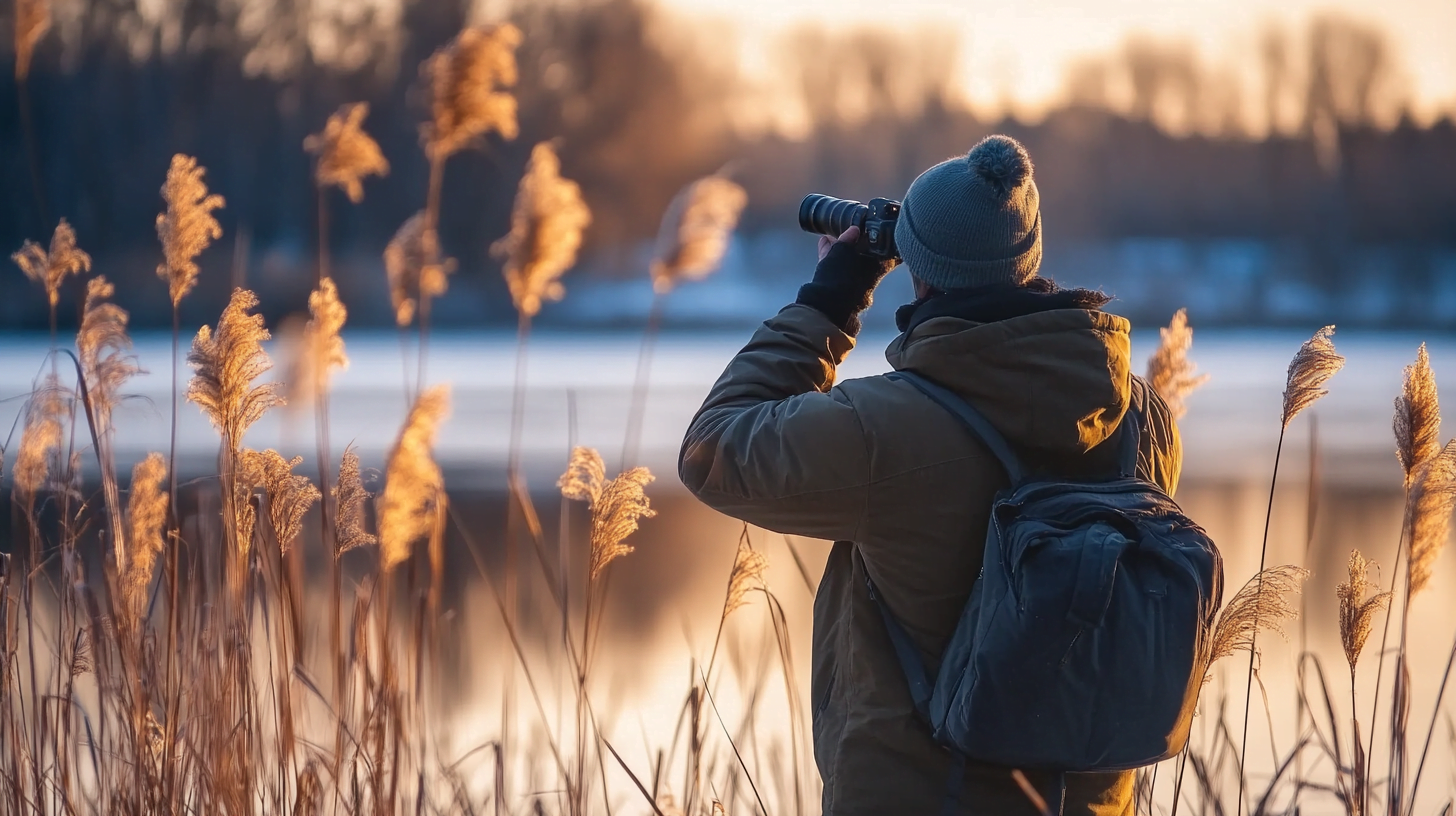
Table of Contents
Sweden is a birdwatcher’s paradise, offering diverse habitats and an abundance of species to observe. With over 250 bird species breeding in the country and many more migrating through, Sweden provides excellent birding opportunities year-round. From the boreal forests and wetlands to the archipelagos and tundra, there’s no shortage of stunning landscapes to explore while searching for your favorite feathered friends.
Sweden’s commitment to conservation and environmental protection has resulted in a network of protected areas and nature reserves that cover nearly 15% of the country’s land area. These protected areas provide crucial habitats for birds and other wildlife, ensuring that Sweden remains a top destination for birdwatching enthusiasts from around the world.
Why Sweden is a Top Destination for Birdwatching
Sweden’s varied landscapes are one of the main reasons it’s such a popular destination for birders. The country boasts extensive protected areas and nature reserves, ensuring that birds have plenty of unspoiled habitat to thrive in. In the north, the long summer days provide extended hours for birding, thanks to the midnight sun. Additionally, Sweden’s well-developed infrastructure makes it easy to access many of the top birding sites.
Some of the key habitats for birdwatching in Sweden include:
- Boreal forests: These vast expanses of coniferous forest are home to a wide variety of bird species, including the Siberian Jay, Capercaillie, and Black Woodpecker.
- Wetlands and marshes: Sweden’s numerous wetlands and marshes provide critical habitat for waterfowl, waders, and other aquatic birds. Key species include the Common Crane, Eurasian Bittern, and Spotted Crake.
- Coastal archipelagos: Sweden’s extensive coastline and archipelagos are a haven for seabirds, such as the Common Eider, Velvet Scoter, and Arctic Tern.
- Alpine tundra: The high-altitude tundra regions of Sweden’s mountains host specialties like the Ptarmigan, Dotterel, and Long-tailed Skua.
- Agricultural landscapes: Sweden’s agricultural areas, particularly in the south, attract a variety of farmland birds, such as the Eurasian Skylark, Northern Lapwing, and Yellowhammer.
Sweden’s commitment to environmental education and birdwatching infrastructure is another factor that makes it a top birding destination. Many of the country’s nature reserves and national parks feature well-maintained trails, observation towers, and bird hides, allowing visitors to observe birds without disturbing them. Additionally, Sweden has a thriving network of bird clubs and organizations that offer guided tours, workshops, and other resources for birders of all skill levels.
Best Times of Year for Birdwatching in Sweden
While Sweden offers excellent birding year-round, each season brings its own unique opportunities and species to observe.
Spring Migration (April-May)
During the spring migration, millions of birds return to Sweden from their wintering grounds in Africa. This is a fantastic time to witness large flocks of migrating birds, such as geese, cranes, and waders. The arrival of spring also marks the beginning of the breeding season for many resident species, making it an exciting time to observe courtship displays and nesting behaviors.
Key species to look for during the spring migration include:
- Common Crane
- Barnacle Goose
- Eurasian Golden Plover
- Wood Sandpiper
- Bluethroat
- Pied Flycatcher
- Eurasian Wryneck
One of the most spectacular events of the spring migration is the arrival of the Common Cranes at Lake Hornborgasjön in Västergötland. Each year, thousands of cranes gather at the lake to rest and feed during their journey north, creating a breathtaking spectacle that attracts birders from around the world.
Summer Breeding Season (June-July)
The summer months are a prime time for birdwatching in Sweden, as many species are actively breeding and the midnight sun allows for 24-hour birding in the north. This is an excellent time to observe the unique breeding behaviors of Nordic species, such as the Great Snipe’s lekking displays and the Eurasian Wryneck’s snake-like head movements.
Some notable species to observe during the summer breeding season include:
- Eurasian Wryneck
- Red-backed Shrike
- Icterine Warbler
- Eurasian Golden Oriole
- Great Snipe
- Eurasian Pygmy Owl
- Siberian Jay
The long daylight hours of the Swedish summer provide ample opportunities for birding, particularly in the northern regions where the sun never sets. This allows for round-the-clock observation of breeding birds, as well as the chance to witness the unique behaviors of nocturnal species like owls and nightjars.
Autumn Migration (August-September)
As summer draws to a close, birds begin their journey back to their wintering grounds. During the autumn migration, you can expect to see large numbers of raptors, cranes, and geese heading south. This is also an excellent time to observe the stunning plumage of many species in their fresh autumn feathers.
Keep an eye out for these key species during the autumn migration:
- European Honey Buzzard
- Eurasian Sparrowhawk
- Common Buzzard
- Red Kite
- Eurasian Hobby
- Eurasian Crane
- Greylag Goose
One of the most impressive sights of the autumn migration is the raptor migration at Falsterbo in Skåne. Each year, hundreds of thousands of birds of prey pass through this narrow peninsula on their way to their wintering grounds in Africa. Falsterbo is particularly famous for its large numbers of European Honey Buzzards, with daily counts sometimes exceeding 10,000 individuals.
Winter (December-March)
While the winter months may seem like an unlikely time for birding, Sweden still has plenty to offer. The country’s coastal areas and southern regions host a variety of sea ducks, owls, woodpeckers, and northern specialties. Many of these species are adapted to the harsh Nordic winter and can be observed in their stunning winter plumage.
Some key species to look for during the winter months include:
- Long-tailed Duck
- Velvet Scoter
- Smew
- Ural Owl
- Three-toed Woodpecker
- Siberian Jay
- Bohemian Waxwing
The winter months also provide opportunities to observe the unique feeding behaviors of many species, such as the Siberian Jay’s habit of caching food for the winter and the Three-toed Woodpecker’s specialized foraging techniques for extracting insects from bark.
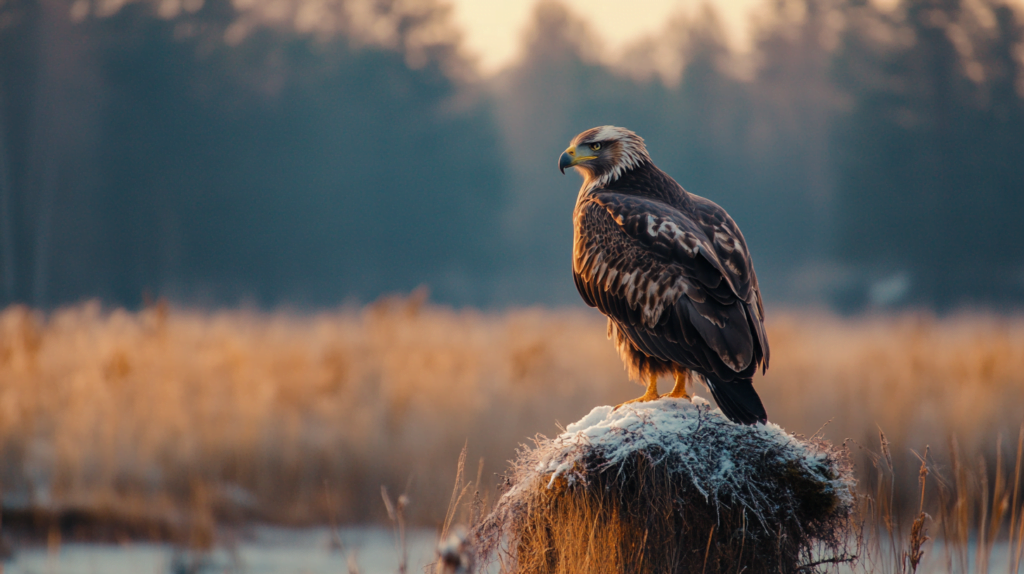
Top Birding Locations in Sweden
Falsterbo, Skåne
Located in southwest Sweden, Falsterbo is a migratory hotspot that sees up to 500 million birds pass through during the autumn migration. The area is particularly famous for its raptor migration, with thousands of birds of prey passing through each day. Falsterbo is also excellent for observing geese, shorebirds, and passerines.
The Falsterbo Bird Observatory, established in 1955, is a center for bird research and education. The observatory conducts daily bird counts and ringing activities during the migration seasons, providing valuable data on bird populations and migration patterns. Visitors to Falsterbo can take part in guided tours, workshops, and other educational activities organized by the observatory.
Lake Hornborgasjön, Västergötland
Lake Hornborgasjön is best known for the massive gatherings of Common Cranes that occur here each spring. Thousands of cranes stop at the lake to rest and feed during their migration, creating an unforgettable spectacle. The restored wetlands around the lake also attract a wide variety of waterfowl species, including the Eurasian Wigeon, Northern Pintail, and Gadwall.
Visitors to Lake Hornborgasjön can take advantage of the observation towers and visitor center to get the best views of the birds. The visitor center features exhibits on the lake’s ecology and the conservation efforts that have helped to restore the wetlands. Guided tours and educational activities are also available, providing opportunities to learn more about the cranes and other wildlife of the area.
Öland
Öland is a long, narrow island in the Baltic Sea that serves as an important stopover for migrating birds. The island’s varied habitats, including alvar plains, deciduous forests, and coastal meadows, support a diverse array of species. The Ottenby Bird Observatory, located at the southern tip of the island, is a must-visit for serious birders.
Some of the key species to look for on Öland include:
- Eurasian Thick-knee
- Eurasian Golden Oriole
- Collared Flycatcher
- Thrush Nightingale
- Barred Warbler
The Ottenby Bird Observatory, established in 1946, is one of the oldest bird observatories in Sweden. The observatory conducts daily bird counts and ringing activities, as well as research on bird migration and population dynamics. Visitors to the observatory can take part in guided tours, workshops, and other educational activities.
Gotland
As Sweden’s largest island, Gotland boasts a wide range of habitats that attract over 340 recorded bird species. The island is particularly known for its seabirds, with large colonies of Razorbills, Common Murres, and Black Guillemots. The Hoburgen cliffs in the south offer excellent opportunities for seawatching, with the chance to spot species like the Long-tailed Duck, Velvet Scoter, and Red-throated Loon.
Inland, Gotland’s varied landscapes support a wide range of species, including:
- Eurasian Hobby
- Eurasian Golden Oriole
- Icterine Warbler
- Red-backed Shrike
- Eurasian Wryneck
The Stora Karlsö nature reserve, located just off the west coast of Gotland, is home to one of the largest seabird colonies in the Baltic Sea. The reserve is accessible by boat from Klintehamn and features a network of trails and observation points for viewing the birds.
Lapland
The vast wilderness of Sweden’s Arctic north, known as Lapland, is home to some of the country’s most sought-after bird species. The region’s tundra and boreal forest habitats support a unique assemblage of birds adapted to the harsh Arctic environment.
Specialties of the Lapland region include:
- Gyrfalcon
- Snowy Owl
- Great Snipe
- Bluethroat
- Siberian Jay
- Siberian Tit
- Pine Grosbeak
The Abisko National Park, located in the heart of Lapland, is a prime destination for birding in the region. The park features a variety of habitats, from alpine tundra to birch forests, and is home to species like the Ptarmigan, Long-tailed Skua, and Lapland Bunting. The midnight sun allows for 24-hour birding during the summer months, making Lapland an unforgettable birding destination.
Birding Tips for Sweden
To make the most of your birding experience in Sweden, consider the following tips:
- Join a local bird club or hire a guide: Benefiting from the expertise and local knowledge of experienced birders can greatly enhance your birding experience in Sweden. Many local bird clubs offer guided tours and workshops, while hiring a professional guide can provide personalized attention and access to the best birding spots.
- Bring appropriate gear: Sweden’s weather can be variable, so it’s important to bring warm, waterproof clothing and sturdy footwear. Good quality binoculars and a spotting scope are also essential for getting the best views of birds. Don’t forget to pack a field guide or download a bird identification app to help you identify the species you encounter.
- Respect protected areas and follow the Swedish Right of Public Access: Sweden’s protected areas and nature reserves are crucial for the conservation of birds and other wildlife. When birding in these areas, it’s important to follow the rules and regulations to minimize disturbance to the birds and their habitats. The Swedish Right of Public Access (Allemansrätten) allows for responsible access to nature, but it’s important to familiarize yourself with the guidelines to ensure sustainable and ethical birding practices.
- Use bird hides and observation towers: Many of Sweden’s top birding locations feature bird hides and observation towers that provide excellent views of birds while minimizing disturbance. These structures are often strategically placed to offer the best vantage points for observing particular species or habitats.
- Practice ethical birding: Ethical birding practices are essential for the conservation of birds and their habitats. This includes avoiding disturbance to nesting birds, respecting private property, and not using playback devices excessively. By following these guidelines, you can help ensure that Sweden’s birds continue to thrive for generations to come.
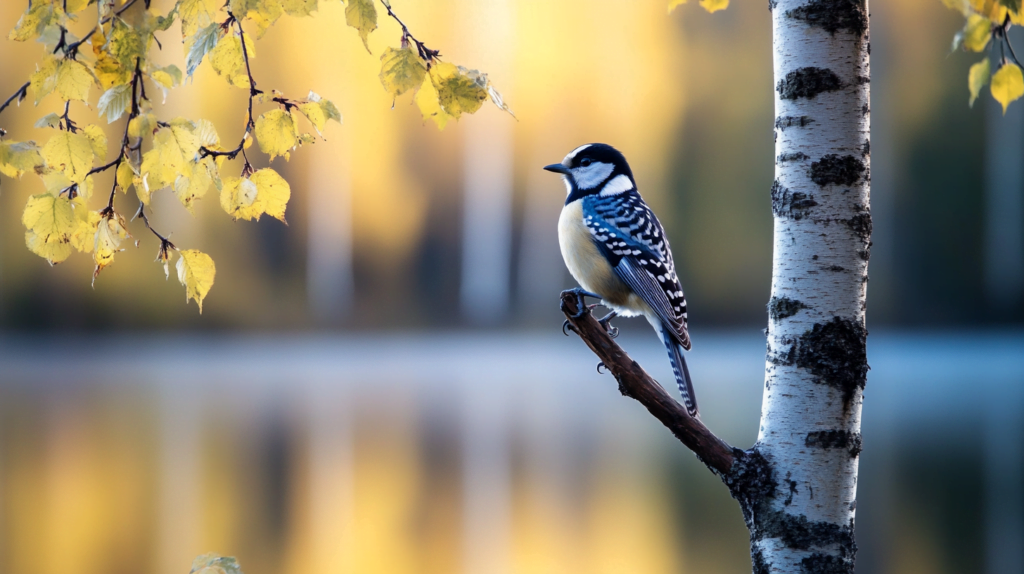
Birding Resources for Sweden
To help plan your birding trip to Sweden and make the most of your time in the field, take advantage of these useful resources:
- Online bird sighting databases and rarity alerts: Websites like Artportalen (https://www.artportalen.se/) and Svalan (https://svalan.artdata.slu.se/birds/) provide up-to-date information on bird sightings and rarities throughout Sweden. These resources can help you plan your birding itinerary and increase your chances of seeing target species.
- Regional birding guides and site maps: Many of Sweden’s top birding locations have dedicated guidebooks and site maps that provide detailed information on the birds and habitats of the area. These resources can be invaluable for planning your visit and navigating the best birding spots.
- Bird identification apps and field guides: Smartphone apps like the Collins Bird Guide and iBird Pro can be useful tools for identifying birds in the field. Traditional field guides, such as the Helm Field Guide to the Birds of Scandinavia, are also essential references for any birding trip to Sweden.
- Lodging and tour companies catering to birders: Many lodging options in Sweden’s top birding destinations cater specifically to birders, offering amenities like early breakfast, packed lunches, and expert guiding services. Tour companies specializing in birding trips can also provide all-inclusive packages that take care of transportation, accommodation, and guiding, allowing you to focus on enjoying the birds.
Conclusion
Sweden is a world-class destination for birdwatching, offering an incredible diversity of habitats and species to observe. From the massive crane gatherings at Lake Hornborgasjön to the midnight sun birding in Lapland, there’s no shortage of unforgettable experiences to be had. Sweden’s commitment to conservation and environmental protection has created a network of protected areas and nature reserves that provide crucial habitats for birds and other wildlife.
Whether you’re a seasoned birder or just starting out, Sweden’s top birding spots are sure to leave you in awe. By following ethical birding practices and taking advantage of the country’s excellent birding infrastructure, you can have a truly memorable and rewarding birding experience.
So pack your binoculars, grab your field guide, and start planning your Swedish birding adventure today! With its stunning landscapes, diverse birdlife, and welcoming birding community, Sweden is sure to become a favorite destination for any birding enthusiast.
